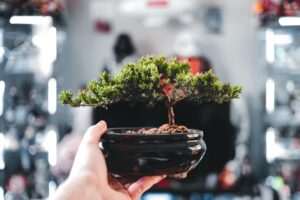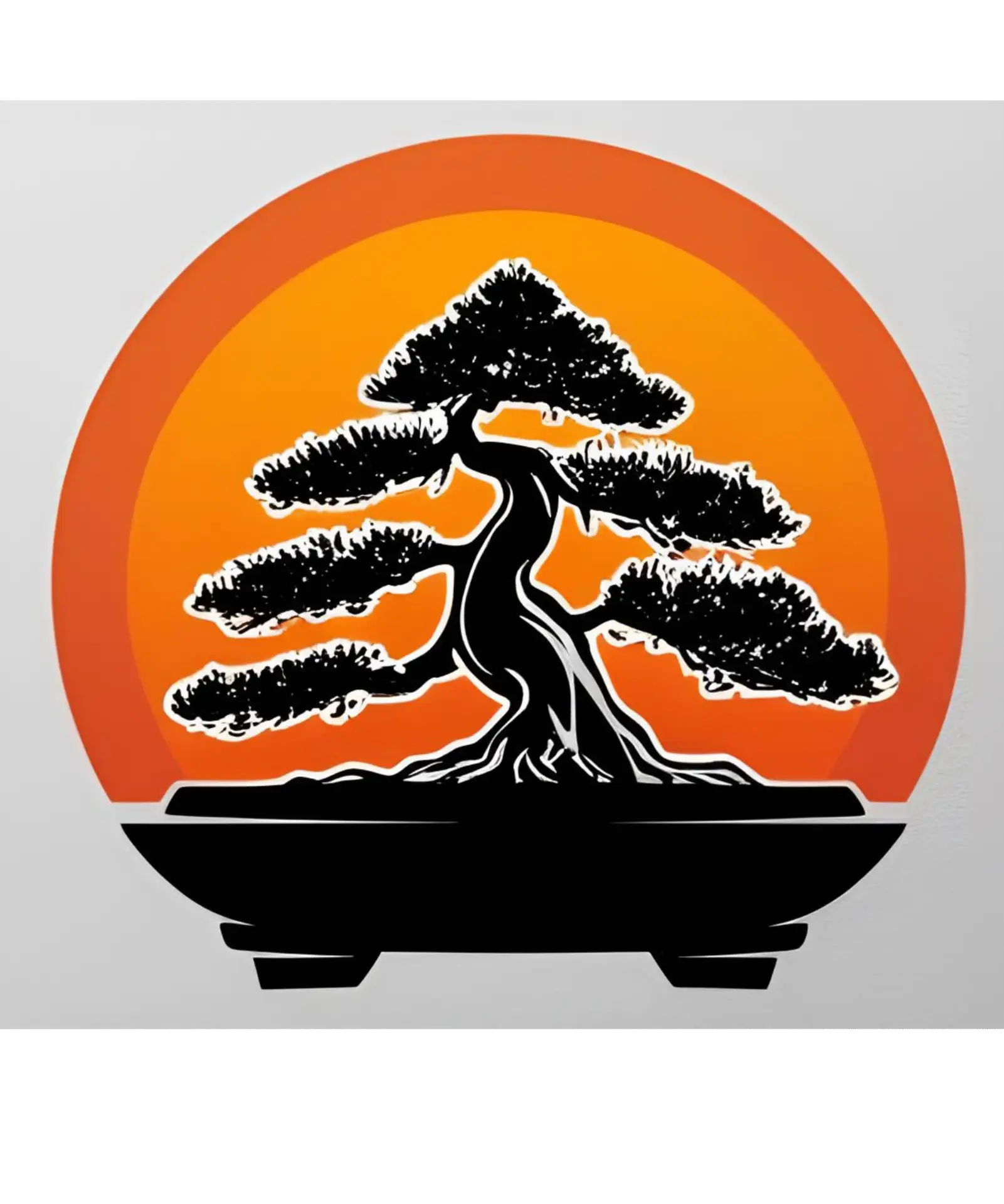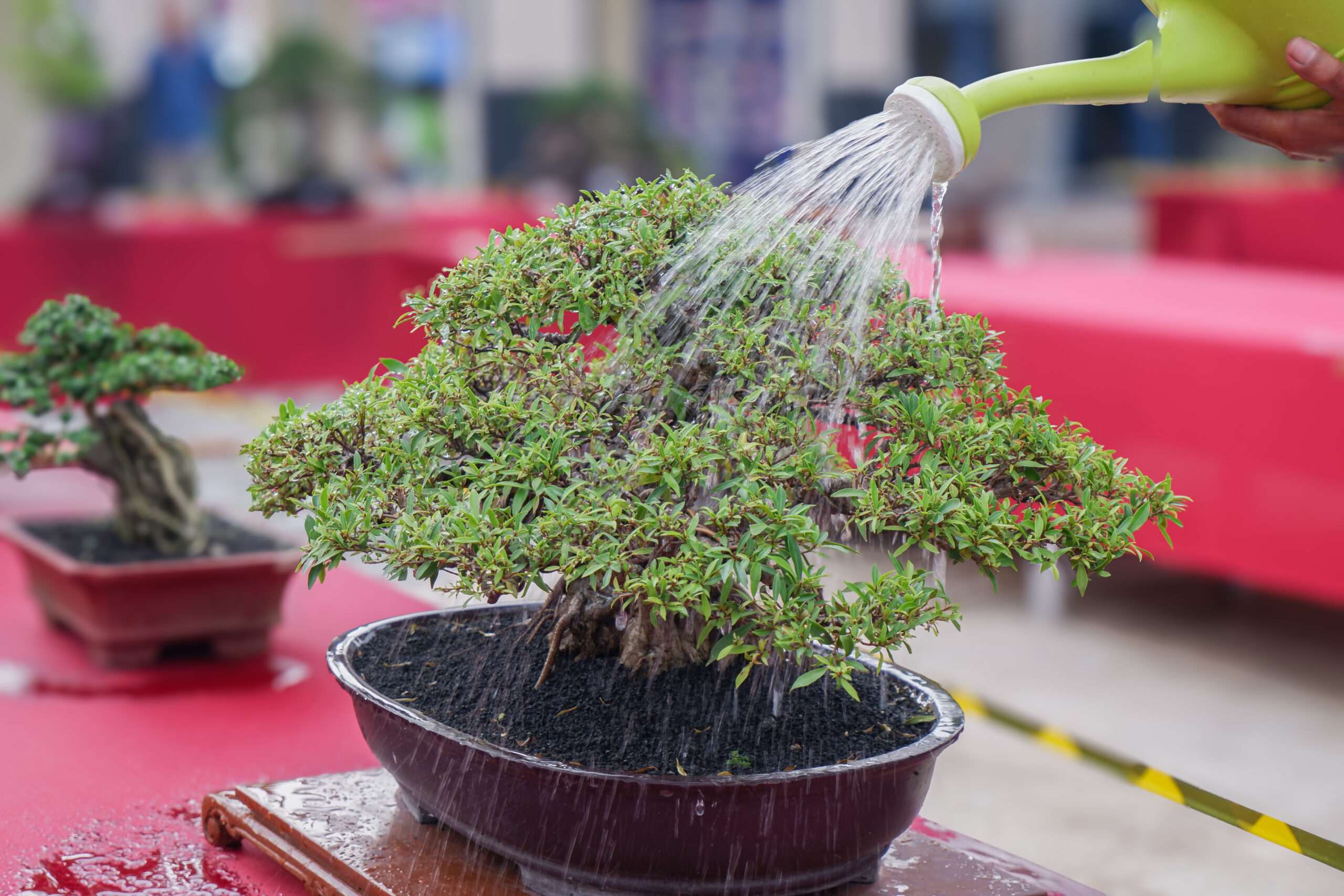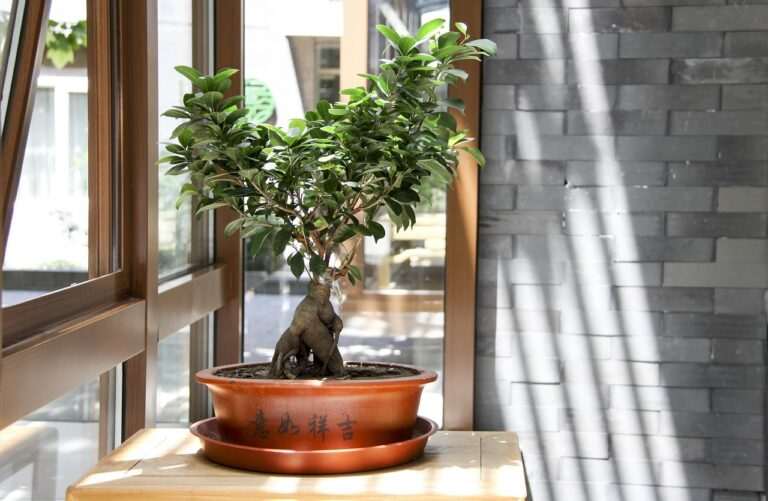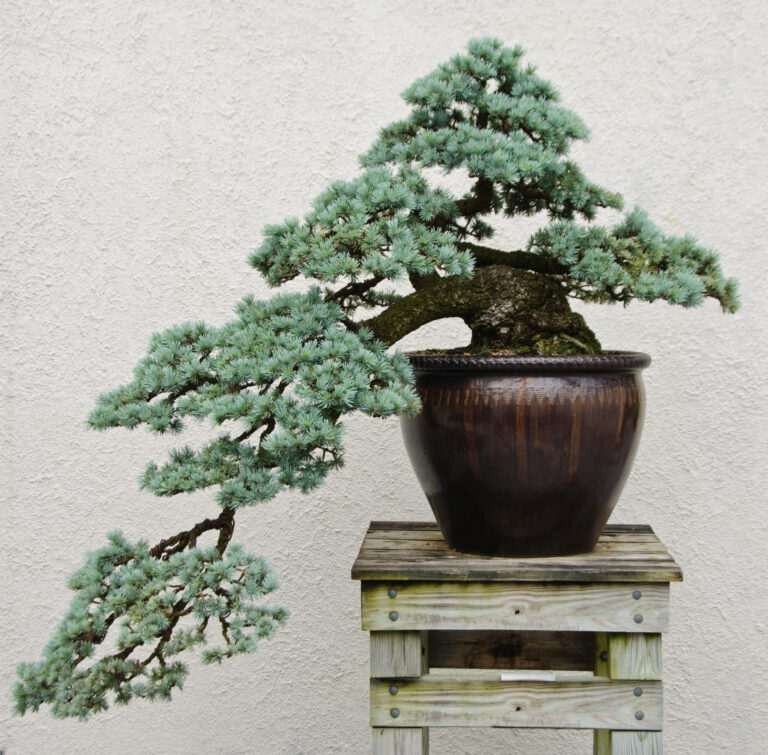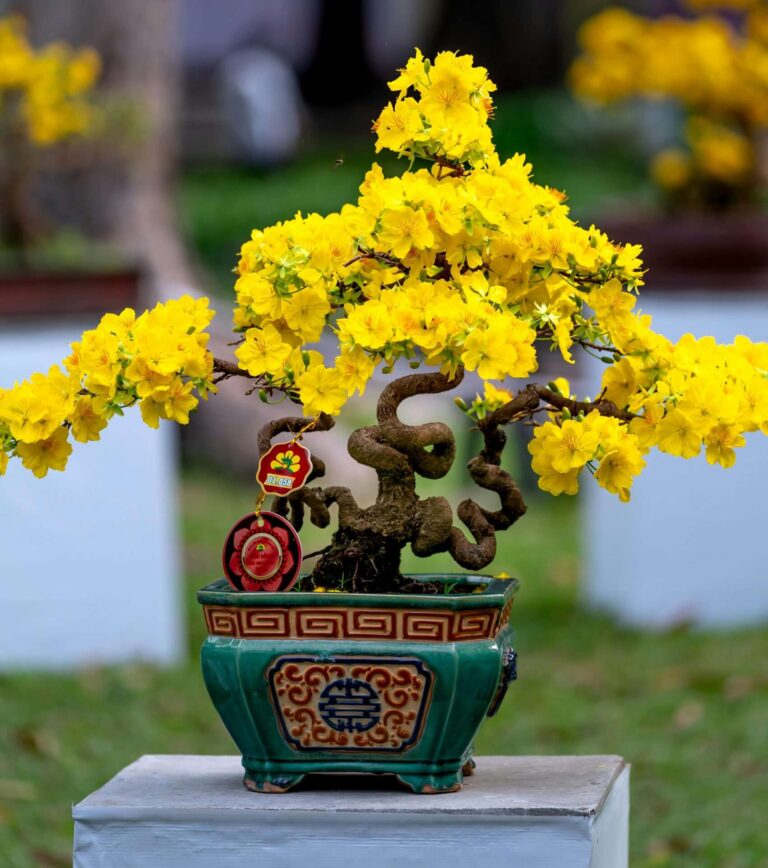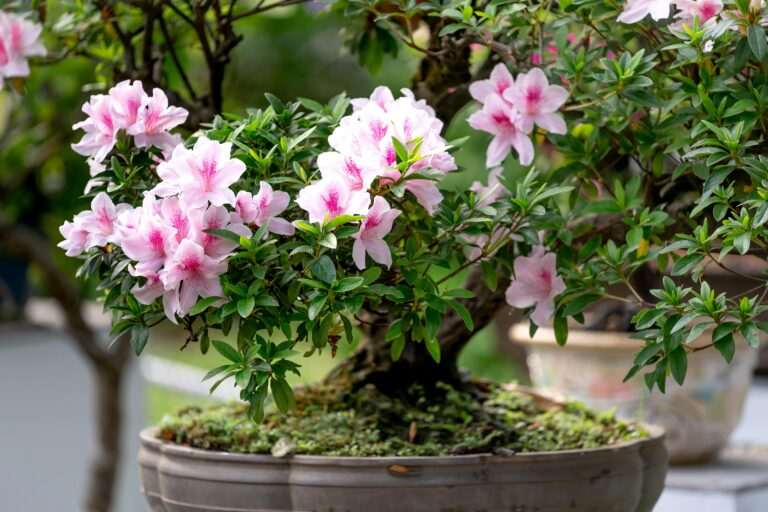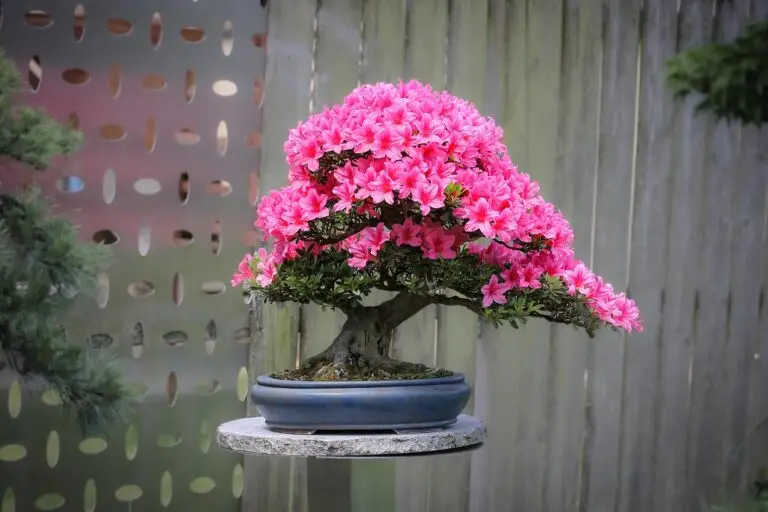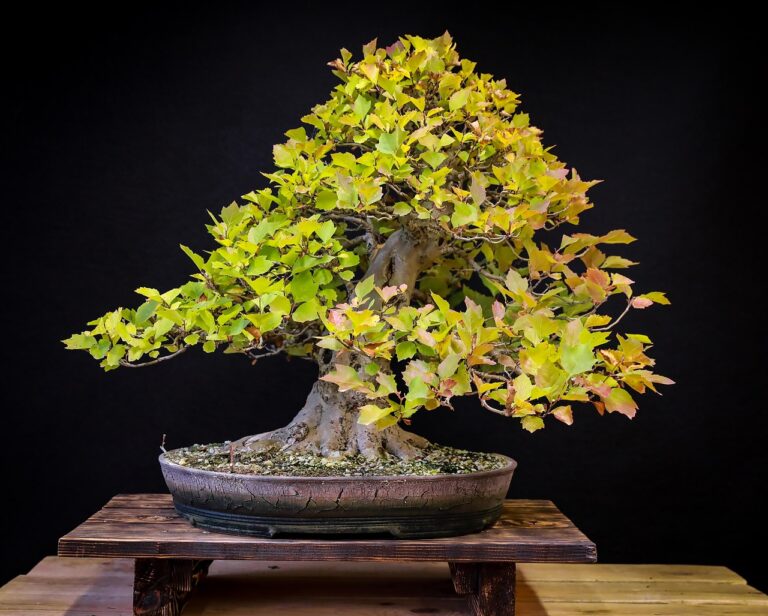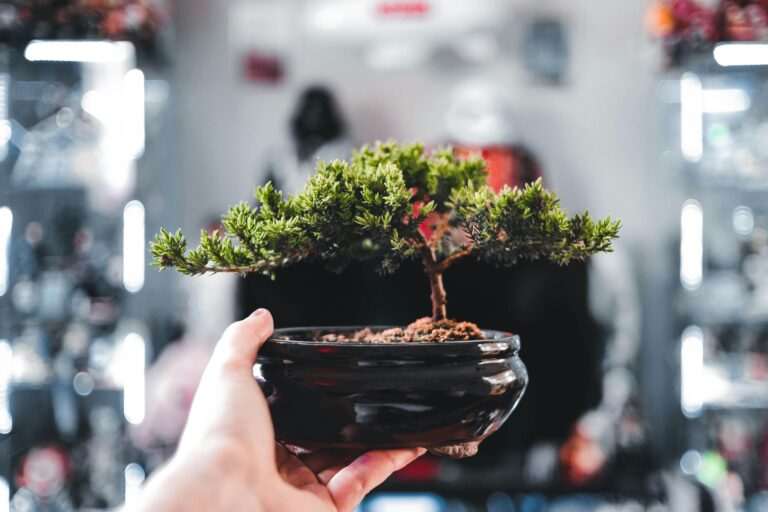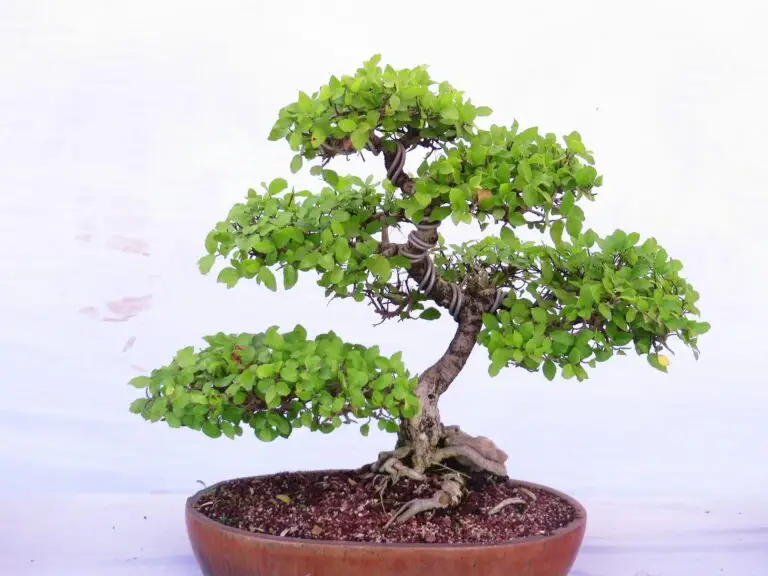Related Articles
Beginner Bonsai Mistakes by Master Mori.
In this guide, we explore five common mistakes that can hinder your bonsai’s journey: overwatering, insufficient light, neglecting pruning, using improper soil, and skipping repotting. Each of these errors, though made with good intentions, can disrupt the harmony between tree and grower. By understanding and avoiding these pitfalls, you can nurture your bonsai with wisdom and patience, allowing it to thrive and reflect the beauty of nature in miniature.

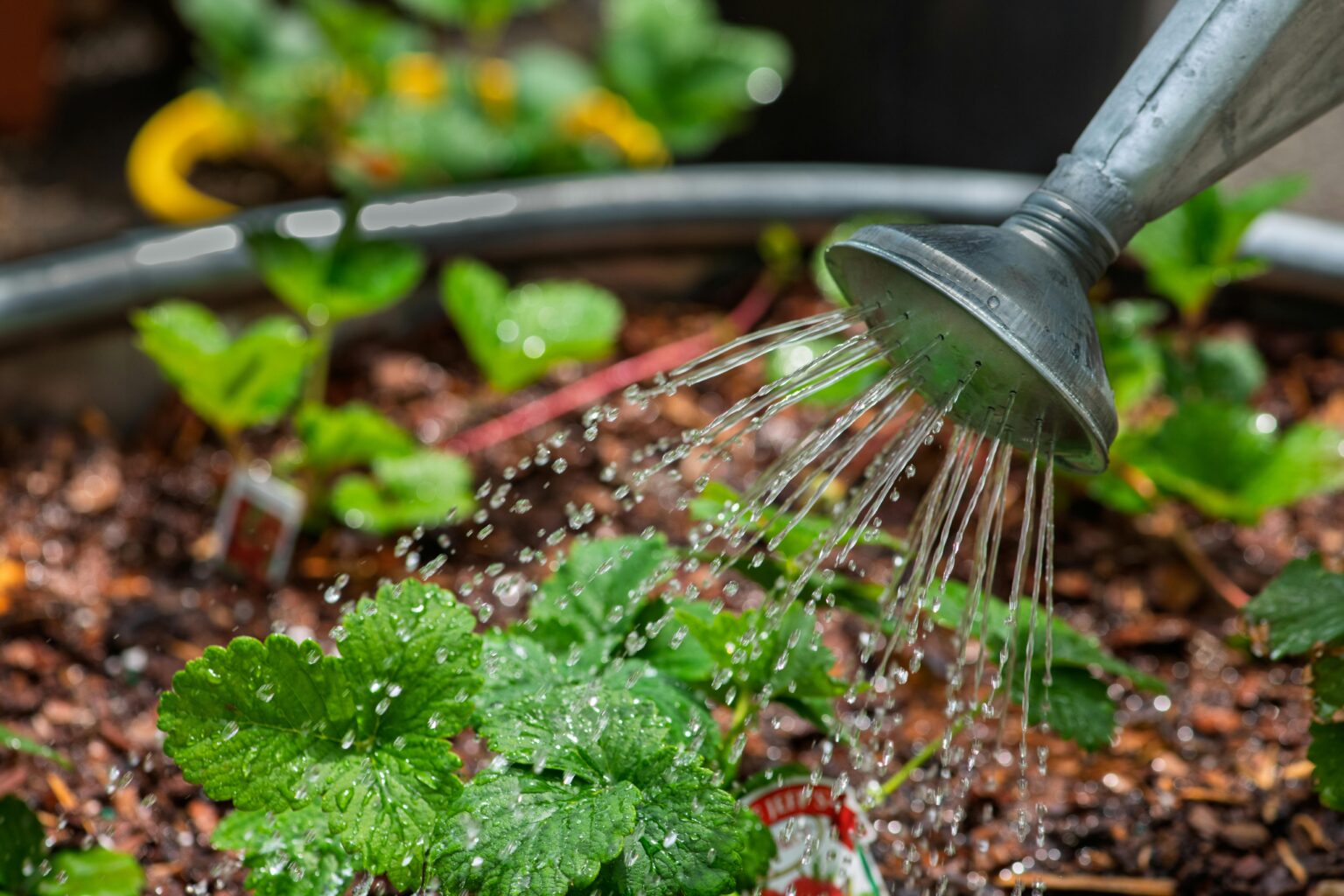
1. Overwatering: The #1 Bonsai Killer
One of the most common—and deadly—beginner bonsai mistakes in bonsai tree care is overwatering. It’s easy to assume your bonsai needs daily watering like your other houseplants, but this can drown the roots and lead to fatal rot.
How to water bonsai tree the right way:
Always check the soil first. Stick your finger about an inch deep—if it feels dry, it’s time to water. If not, wait. Each bonsai species has its own rhythm, so understanding your tree’s needs is essential.
Master Mori whispers: “A dry leaf is a lesson. A drowned root is a tragedy.”
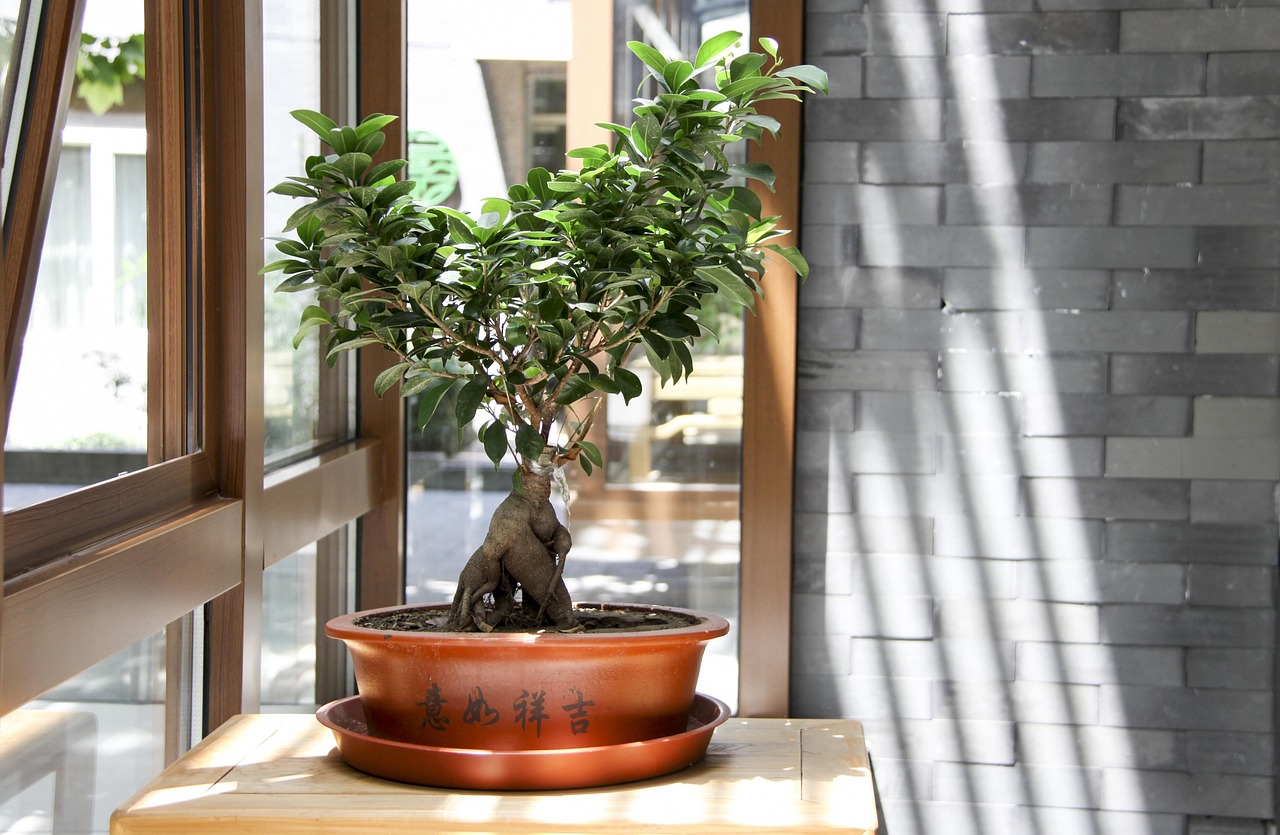
2. Under-lighting: Your Windowsill May Not Be Enough
Indoor bonsai are often placed on windowsills, where they receive indirect or inconsistent light. Unfortunately, that’s not always enough.
Indoor bonsai still need bright, direct light for several hours a day. Without it, they become weak, leggy, and prone to pests. Consider placing your tree near a south-facing window or using a grow light if natural light is limited.
This is especially important if you’re growing some of the best bonsai trees for beginners like the Ficus, Chinese Elm, or Serissa—species that thrive with proper lighting.
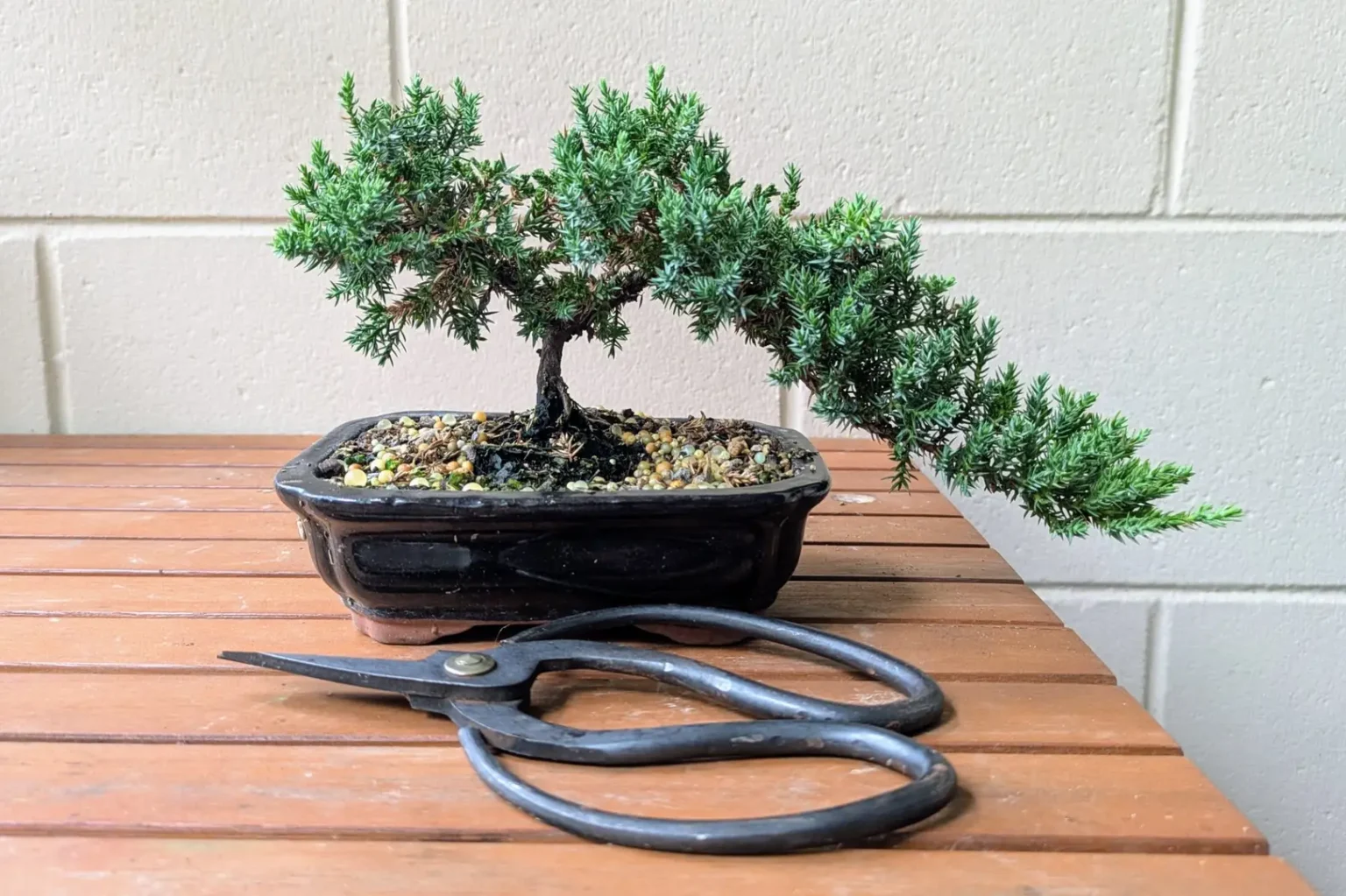
3. Neglecting Pruning: Bonsai Art Requires Action
Many beginners fear pruning, worried they’ll damage their tree. But avoiding it entirely prevents your bonsai from developing that miniature tree form we all admire.
How to prune bonsai depends on the species and season, but the principle is the same: prune to shape and direct energy. Regular trimming encourages ramification (branch splitting), which gives the tree its signature look.
Think of pruning not as cutting, but as sculpting. Every snip brings your vision to life.
And don’t forget to use the right bonsai tools—dull or incorrect tools can crush stems and invite disease.
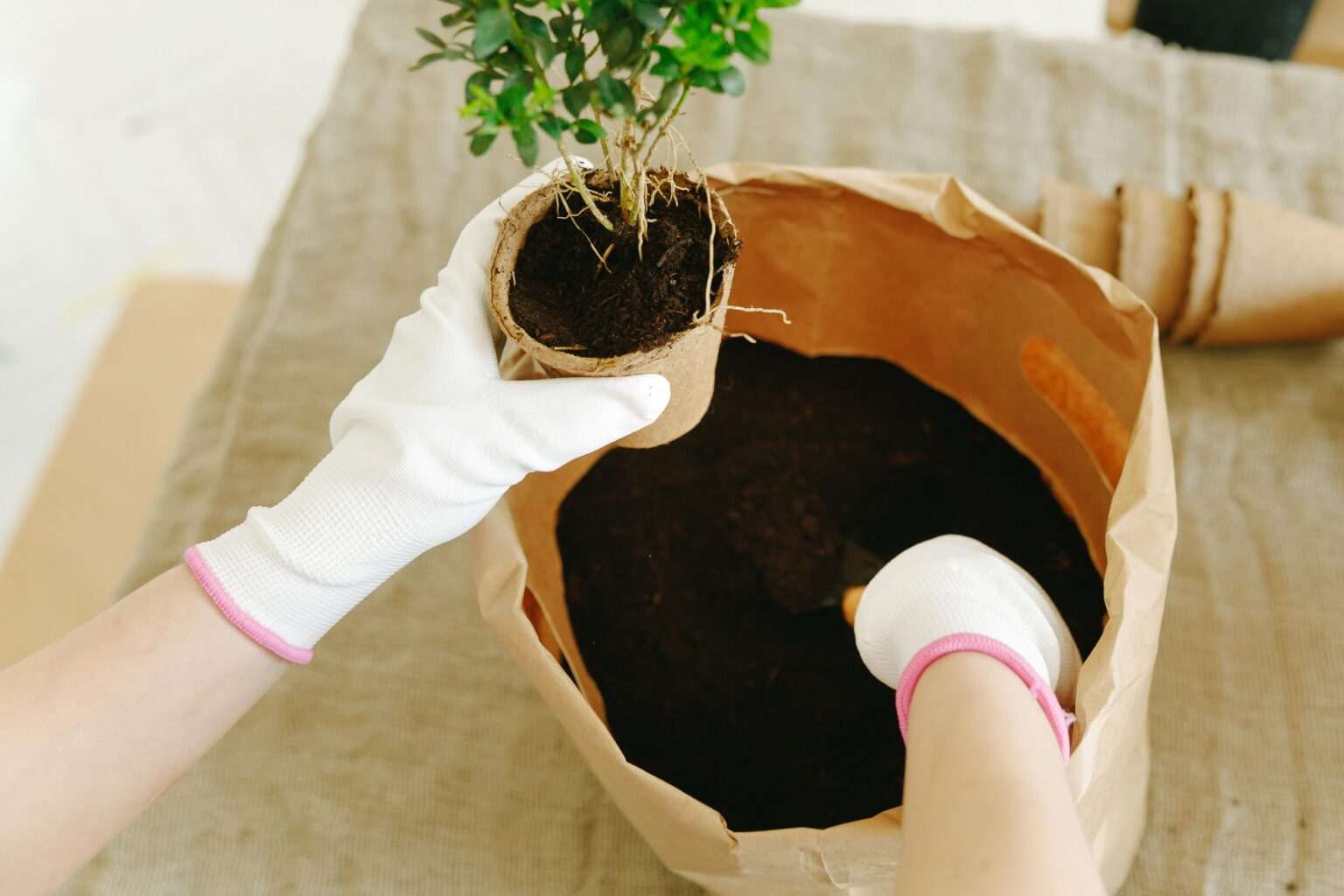
4. Using Regular Potting Soil: A Hidden Threat to Roots
Standard garden or potting soil might seem harmless, but it holds too much water and suffocates delicate roots. This often leads to root rot and declining health.
Instead, use a proper bonsai soil mix. These mixes are designed to provide excellent drainage, aeration, and moisture retention—key for a healthy root system.
Whether you’re learning how to grow bonsai indoors or outdoors, your soil choice matters just as much as water or light.
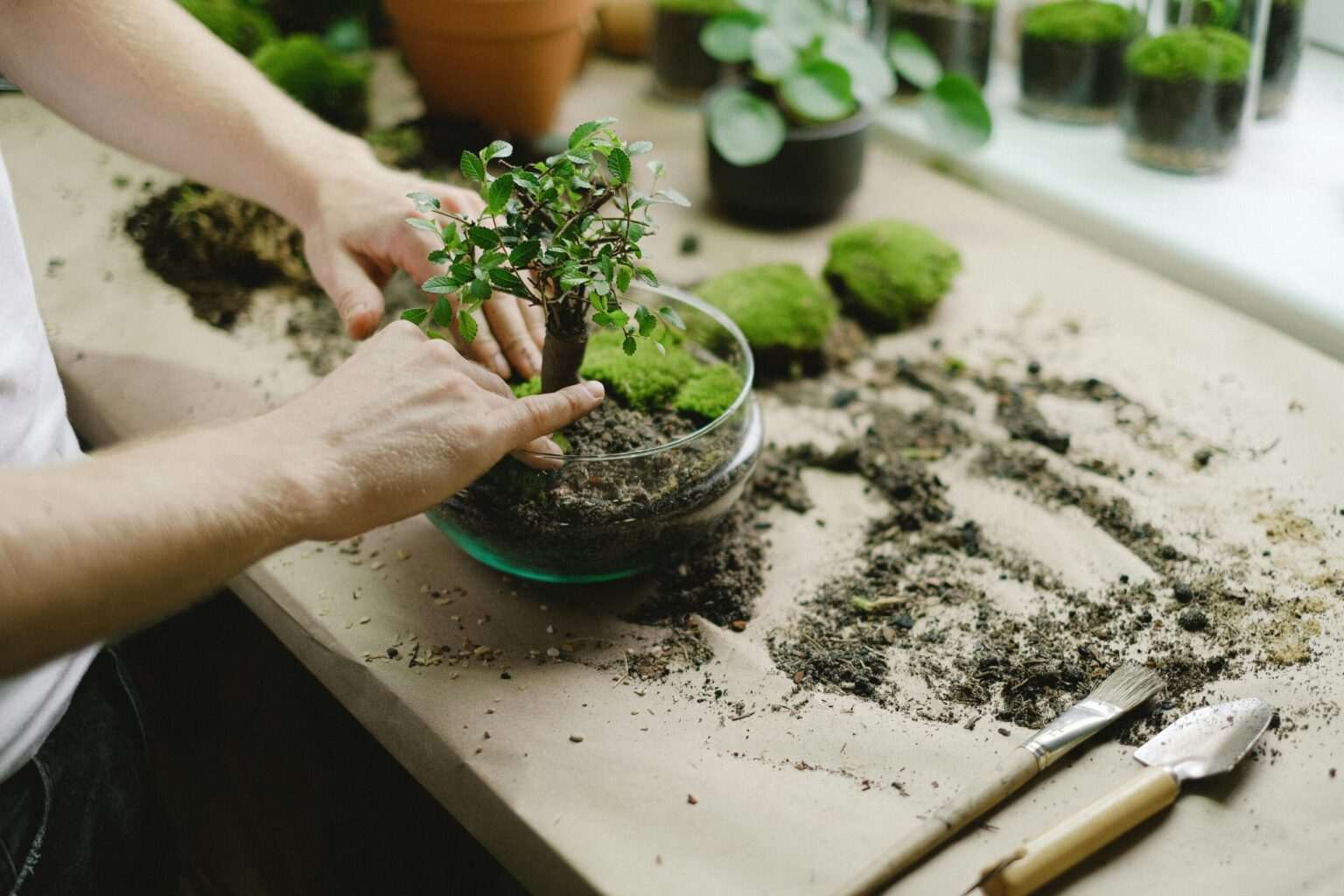
5. Repotting Too Soon: Patience Yields Strength
Eager beginners often repot their bonsai within the first year, thinking a bigger pot means better growth. But repotting too soon can shock the tree, disturb developing roots, and even stunt growth.
Bonsai troubleshooting tip: Only repot every 2–3 years, unless roots are circling the pot or growing out the drainage holes. The best time to repot is in early spring, just before the growing season kicks in.
Final Thoughts About Beginner Bonsai Mistakes: Bonsai is a Journey, Not a Sprint
Every bonsai tree is a teacher—and every mistake is part of the lesson. The key to mastering bonsai tree care lies in observation, consistency, and a willingness to learn.
Whether you’re growing a resilient indoor bonsai, seeking the best bonsai trees for your climate, or diving deep into the art of how to prune bonsai, remember this:
“The tree grows slowly, but the grower must grow faster.” – Master Mori
With the right knowledge, tools, and soil, you’ll not only avoid common pitfalls—you’ll walk the path of the bonsai master with confidence.
Recommended Tools & Products
If you’re just getting started, these basics will do:
Beginner Bonsai Mistakes FAQ
Q. What is the most common mistake beginners make with bonsai trees?
A. Overwatering is the most common mistake. Many beginners assume bonsai trees need daily watering, but too much moisture can lead to root rot. Always check the soil before watering.
Q. Can I use regular potting soil for my bonsai?
A. No. Regular potting soil retains too much water and lacks proper aeration. Instead, use a well-draining bonsai soil mix specifically designed to support root health and prevent rot.
Q. How much sunlight does an indoor bonsai need?
A. Indoor bonsai trees still need several hours of bright, direct sunlight each day. A south-facing window or a grow light is ideal. Without enough light, bonsai become weak and leggy.
Q. How often should I prune my bonsai?
A. How to prune bonsai depends on the species, but in general, regular light pruning is necessary to shape your tree and encourage growth. Avoid skipping this step—it’s essential for structure and health.
Q. When should I repot my bonsai?
A. Only repot your bonsai every 2–3 years, or when roots are visibly circling the pot. Repotting too soon can stress the tree. Early spring is usually the best time for repotting.
Q. What tools do I need to care for a bonsai tree?
A. Basic bonsai tools include concave cutters, pruning shears, root rakes, and tweezers. Quality tools make a big difference in maintaining your tree’s health and appearance.
Q. I'm new to bonsai—what's the best way to start?
A. Start with bonsai for beginners species like Ficus, Jade, or Chinese Elm. Learn how to grow bonsai, practice proper watering, use the right soil mix, and don’t rush the process. Patience is key!
Ultimate Beginner Bonsai Guide
